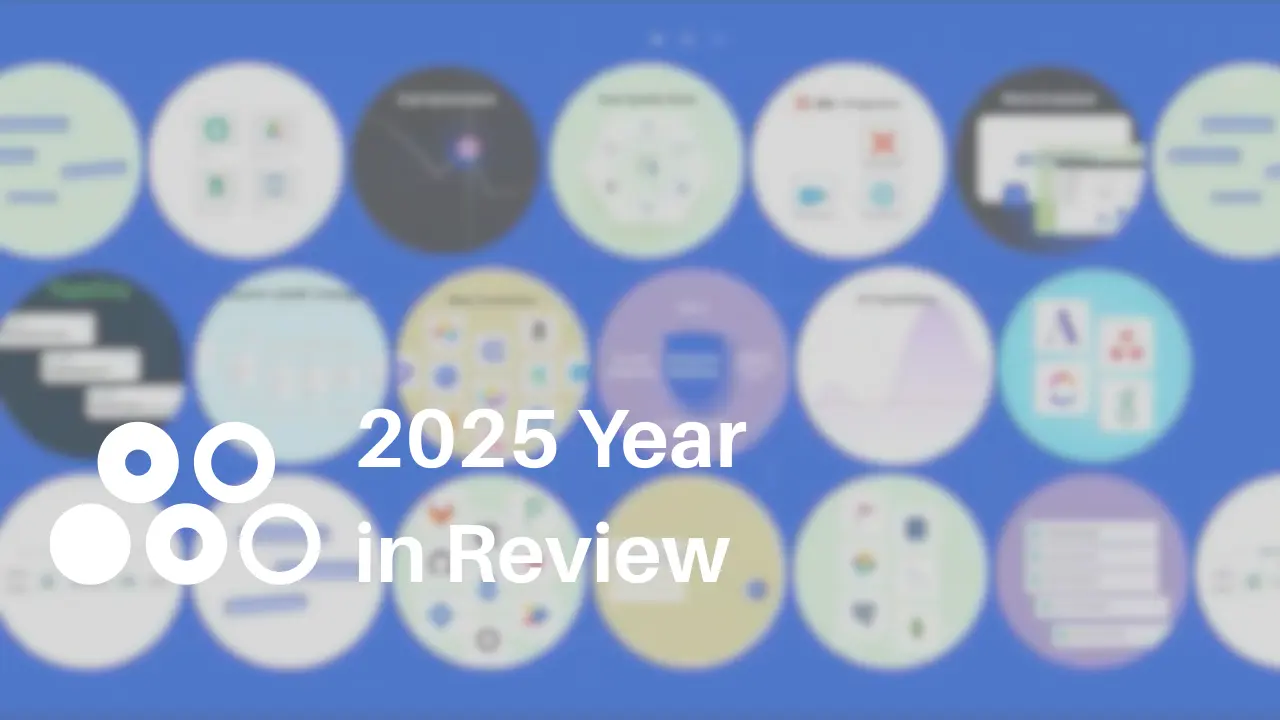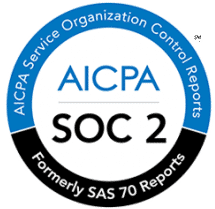How to build resilient data pipelines: schema management, error handling & CDC


.png)
Data is the backbone of modern applications and analytics, powering everything from business decisions to user experiences. In order to get data where it needs to go, we need to build and maintain data pipelines.
Pipelines operate in dynamic environments where data sources evolve, schemas shift, and unexpected errors can pop up.
One common culprit of pipeline breakage is schema drift – an unexpected shift in data structure that happens without warning. For example, if two tables are related to and dependent on each other, modifying a column in one and not the other can impact data integrity and wreak havoc on dashboards or transformations downstream.
Error cascades can also occur. A seemingly minor issue upstream, for example, at the ingestion source, may lead to transformation errors, broken dashboards in your BI tools, or inaccurate outputs, before anyone even realizes there’s a problem. In complex data architectures, these inconsistencies may go undetected until it’s too late – and the impact can ripple across multiple departments in the organization.
These challenges are inevitable in any growing and evolving data stack, which is why building pipelines with flexibility and resilience is essential. A well-designed pipeline should be able to handle today’s data and adapt gracefully to tomorrow’s changes, without grinding everything to a halt.
In this post, we explore some practical strategies for managing schema changes and handling errors effectively, making it easier to build pipelines that are robust and resilient in the face of change.
Schema Management Strategies for Resilient Data Pipelines
With data sources constantly evolving, a robust schema management strategy that leverages Change Data Capture (CDC) can improve documentation and minimize the need to be constantly putting out fires.
CDC continuously tracks and captures changes in source databases, so your pipelines stay up-to-date with evolving schemas – without requiring full data resyncs. By integrating CDC into your data pipeline, you can detect schema changes in real time, reducing the risk of schema drift and unexpected downstream errors.
Here are some proven approaches to keep your pipelines resilient:
Schema Detection and Versioning
Automating schema detection helps to identify changes before they cause issues. Tools and frameworks designed for this purpose can monitor your data sources and flag updates, giving you the insights needed to adapt proactively. CDC plays a critical role, capturing schema changes as they occur, and making sure they’re seamlessly integrated into your data pipeline.
Imagine you're organizing a strongman competition for Marvel characters, because who doesn’t love a wildly unrealistic "real-world" example?
You have a table that tracks each competitor's power level as an integer, always storing their most recent score. Iron Man, Hulk and Thor are duking it out for the prize. For instance, if Thor tests three times—scoring 50, then 70, then 90—his final recorded score will be 90.
Now, in round four, Thor retests and since he's the God of Thunder, he crushes expectations with a staggering 120.5. Suddenly, the power_level column, which was previously an integer, is now a float.
.png)
Without Change Data Capture (CDC), this could break your pipelines, preventing data from loading into your warehouse and blocking transformations.
But fret not, CDC to the rescue.
Your CDC system monitoring changes may log the following
Pairing this with version control for schemas provides an additional layer of safety – you can track changes and audit history, or even revert to previous versions if something goes wrong. Sorry, Thor, your score is going back to 90.
Backward and Forward Compatibility
While schema changes are inevitable, they don’t have to be disruptive. Designing pipelines with backward and forward compatibility in mind leads to smoother transitions - systems can still work with older data, applications, or schemas without breaking anything and being set up to work with future changes as well.
If we take our Marvel strongman competition in the previous example, we could have built a more resilient pipeline if we had written our SQL to be forward compatible, allowing for more precise rankings by allowing for decimals using FLOAT as our data type.
ALTER TABLE Superheroes COLUMN power_level TYPE FLOAT;Applications that still store power levels as integers can cast them CAST(power_level AS INT), while new applications can use the more precise floating decimal values.
Building pipelines to be backward compatible is similar. Let’s say you want to introduce a new attribution for team, tracking whether each character is part of Avenger, X-men, the Fantastic four, or other squads.
To accommodate new superheroes and their affiliations, you add a team column. Older queries that don’t expect this column should still work.
ALTER TABLE Superheroes COLUMN team VARCHAR(50) DEFAULT 'Independent';In the example above, older queries (SELECT hero_name, power_level FROM Superheroes;) still work because they don’t reference team and any new record will default to ‘Independent’
Additionally, incorporating schema version control using tools such as Git, Schema Registry (e.g., Confluent for Avro/Protobuf), or API versioning, can help you systematically track changes and ensure they’re tested and rolled out in a controlled manner. Using CDC, you can handle modifications without having to fully reprocess the data, making it easy to evolve your data structures in a non-disruptive manner.
Managing Schema Evolution Through Transformation
While Change Data Capture (CDC) helps detect schema drift, you still need a way to enforce schema rules and maintain consistency across your pipeline.
That’s where dbt (data build tool) comes in. dbt helps ensure schema evolution doesn’t become schema chaos by letting you:
- Define schema expectations - Set constraints on column names, data types, and nullability
- Version and document schema changes - Track how transformations evolve over time
- Prevent unchecked failures - Use dbt tests to catch schema drift before it impacts reporting
Let’s go back to our Marvel strongman competition. Say we originally stored power_level as an integer, but during a retest, Thor's score shifts to a float (90 → 120.5). Without schema enforcement, this unexpected change could break queries or lead to inaccurate aggregations.\
models:
- name: superheroes
columns:
- name: hero_name
tests:
- not_null
- name: power_level
tests:
- not_null
- dbt_expectations.expect_column_values_to_match_regex:
regex: '^-?\d+$' # Ensures power_level allows decimals but remains a number
- name: team
tests:
- accepted_values:
values: ['Avengers', 'X-Men', 'Fantastic Four', 'Guardians of the Galaxy', 'Independent']
By implementing schema tests directly in dbt, we proactively catch potential transformation failures and ensure downstream data remains accurate, clean, and reliable.
Data contracts can be vital for avoiding errors that come from schema drift and communicating between a service provider and data consumers.
While combining these strategies goes a long way to fortifying your data pipeline, having a solid plan in place for handling errors is equally critical.
Observability: Proactively Monitoring Data Pipeline Health
Something always breaks, no matter how robust your pipelines are. These errors can be quite costly.
Gartner recently reported that poor data quality can cost organizations big time – to the tune of $12.9 million annually, on average.
Effective observability and data quality strategies ensure your pipelines remain robust and operational, even when issues arise.
Let’s examine some elements of an effective approach.
Error Isolation and Recovery
Ensuring data pipelines remain reliable requires having mechanisms in place for quick recovery from failures – without manual intervention.
For example, retry mechanisms enable pipelines to attempt failed operations a second time, automatically. This helps to prevent temporary issues such as network disruptions or service outages from resulting in downtime. Circuit breaker patterns add another layer of protection by detecting repeated failures and temporarily halting execution, which prevents the risk of overwhelming the pipeline with continuous retries.
CDC also plays a crucial role, enabling pipelines to reprocess only the missed or failed changes, rather than requiring a full dataset reload. Not only that, but it also reduces resource consumption and ensures that downstream systems receive only the necessary updates.
Logging
Detailed logging is essential for understanding and resolving errors. Actionable logs that capture granular data such as individual tables or processes provide the context you need to diagnose issues quickly.
Additionally, implementing robust data quality checks helps to ensure that bad data doesn’t flow through your pipeline. Anomaly detection models can also play a key role, spotting irregular patterns or unexpected changes in data before they escalate into larger problems.
Observability tools take this a step further, offering real-time monitoring and insights into your pipeline's health. They make it easier to spot anomalies, track performance, and debug failures as they happen, reducing downtime and operational headaches.
Proactive Error Prevention
Preventing errors before they occur is just as important as handling them after the fact. One of the most effective ways to manage errors is to design pipelines with modularity. Modular pipelines isolate errors to specific components, preventing them from cascading through the entire system. As a result, errors are easier to troubleshoot and don’t have as big an impact on downstream workflows.
By combining these strategies, you can transform error handling from a reactive process into a proactive and efficient system.
5 Critical Best Practices for Building Resilient Data Pipelines
Creating a resilient data pipeline requires a thoughtful combination of planning, execution, and maintenance. The following best practices can help to keep your pipeline robust and ready to handle change:
- Shift Left: Catching schema changes and errors as close as possible to the source helps organizations take action before running downstream processes such as dbt transformations. To that end, incorporating testing, validation, and observability early in the development process is one of the most effective ways to monitor performance and detect any anomalies from the outset – and avoid costly problems downstream.
- Automate: Automating tasks like schema detection, data quality testing, and monitoring reduces manual effort and minimizes the risk of human error. Plus, it enables teams to respond more quickly to changes or issues. With automated systems in place, you can confidently scale your pipeline operations without sacrificing reliability.
- Write it Down: Effective pipelines are a team effort, so all of your stakeholders need to understand the structure, dependencies, and processes within the pipeline. Detailed documentation plays a key role as well, enabling everyone to benefit from a shared knowledge base. When developers, analysts, and operations teams collaborate and communicate effectively, they can better respond and adapt to change.
- Create Data Contracts: Inspired by APIs in software engineering, data contracts are emerging as a structured way to define and enforce agreements between systems and teams. While they can potentially introduce rigidity and impact agility, they ensure a higher degree of consistency while helping to better align teams.
- Ensure Observability to Stay Ahead of Issues: Even the best-designed data pipelines require regular reviews to stay performant and adaptable. Forward-thinking companies are now implementing proactive systems that identify potential issues before they escalate. These systems can pause the materialization of dbt jobs to prevent problematic transformations, and incorporate human intervention and approvals to resolve issues before proceeding. This approach minimizes risks, and ensures data accuracy and integrity. CDC supports this approach by continuously capturing and analyzing data changes, ensuring pipeline integrity and alerting teams when unexpected modifications occur.
While these best practices go a long way toward shoring up your pipeline to perform optimally, it can be a lot of work. Fortunately, there’s a platform that makes it a lot easier.
Adaptability Meets Efficiency
Matia addresses the challenges of building adaptive data pipelines with a unified platform that simplifies schema management, error handling, and observability.
By automating schema detection and validation, Matia ensures seamless updates and clean data while leveraging CDC to track and apply only necessary changes, reducing the need for full data reloads. CDC also enhances version control, so your team can monitor schema modifications over time and revert changes when needed. Robust error-handling features help you isolate issues quickly to prevent cascading failures, and real-time alerts notify you of any anomalies, so you can maintain data integrity at all times.
With Matia, teams gain the power to scale operations efficiently while staying prepared for future changes.
Put an End to Data Chaos
As organizations continue to manage and analyze ever-growing volumes of data, having a resilient and adaptable data pipeline is not an option.
By prioritizing robust schema management and proactive error handling, you can avoid these needless expenses, manage changes effectively, and maximize the value of your data.
Matia empowers you to build pipelines that adapt to change and perform optimally.
Start your free trial of Matia today and automate schema management, CDC, and error handling—so your data pipelines stay resilient and scalable.


.svg)





.png)









